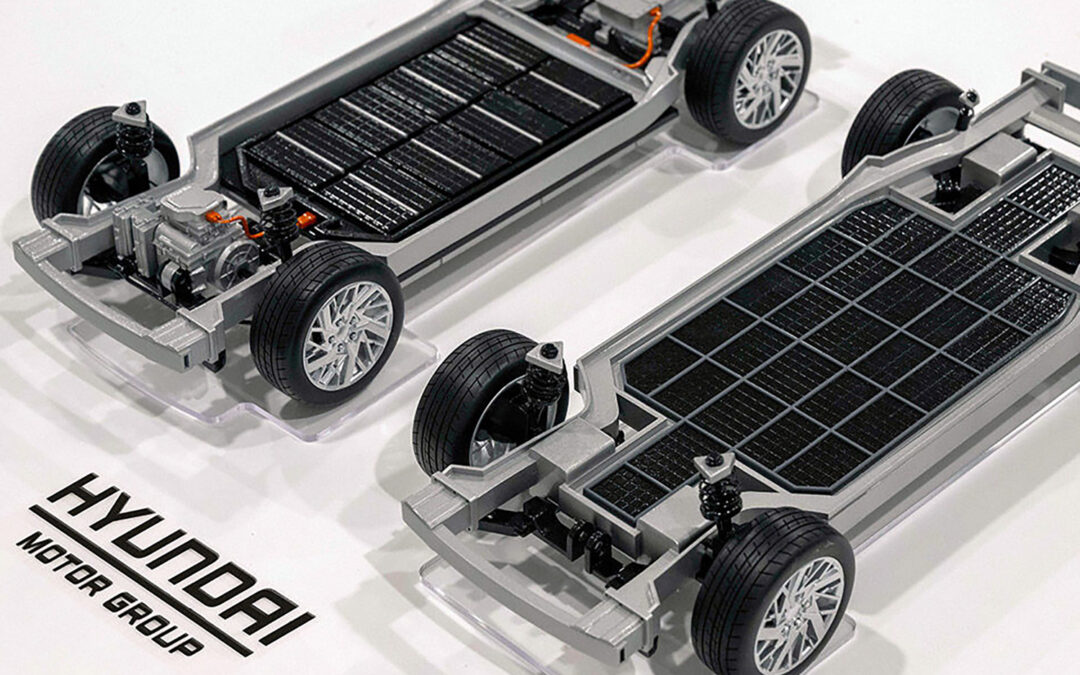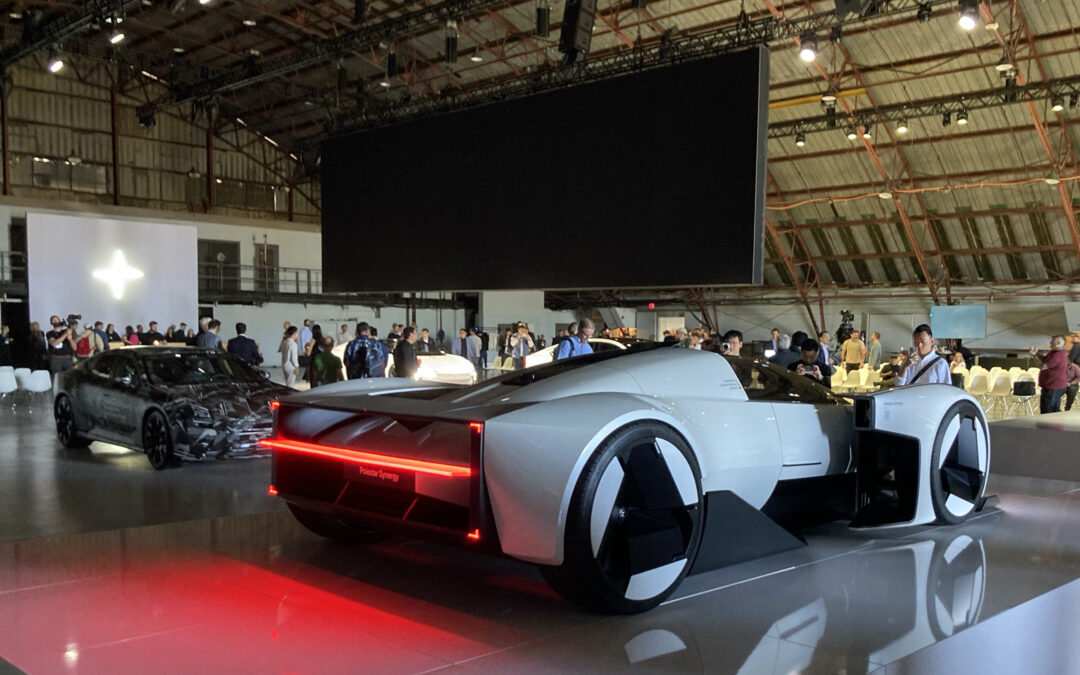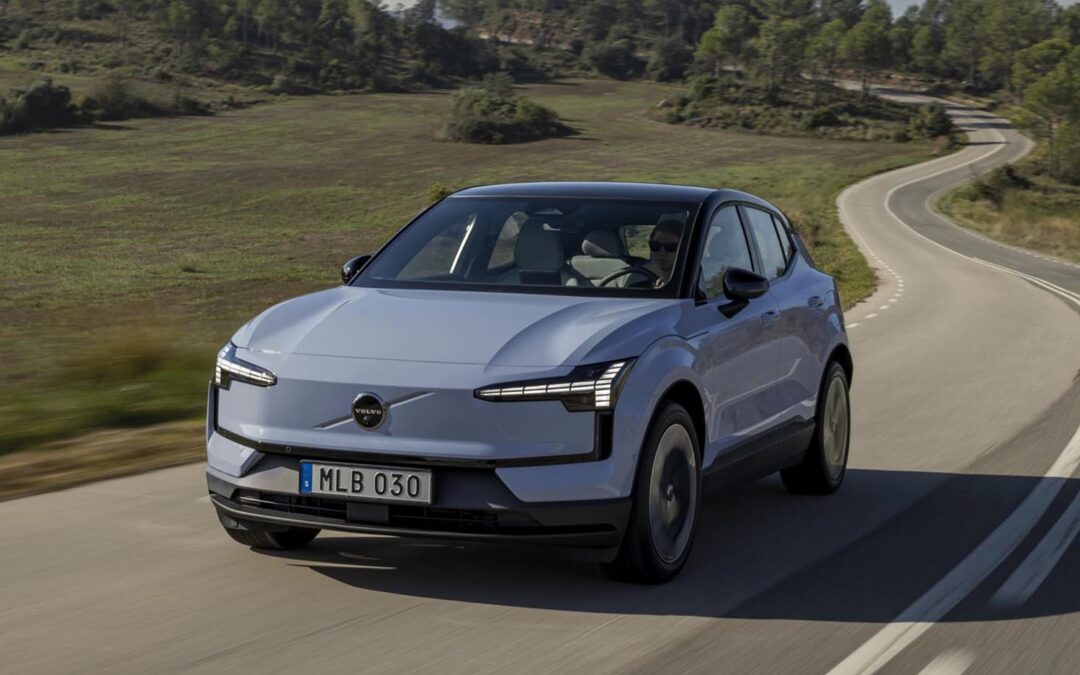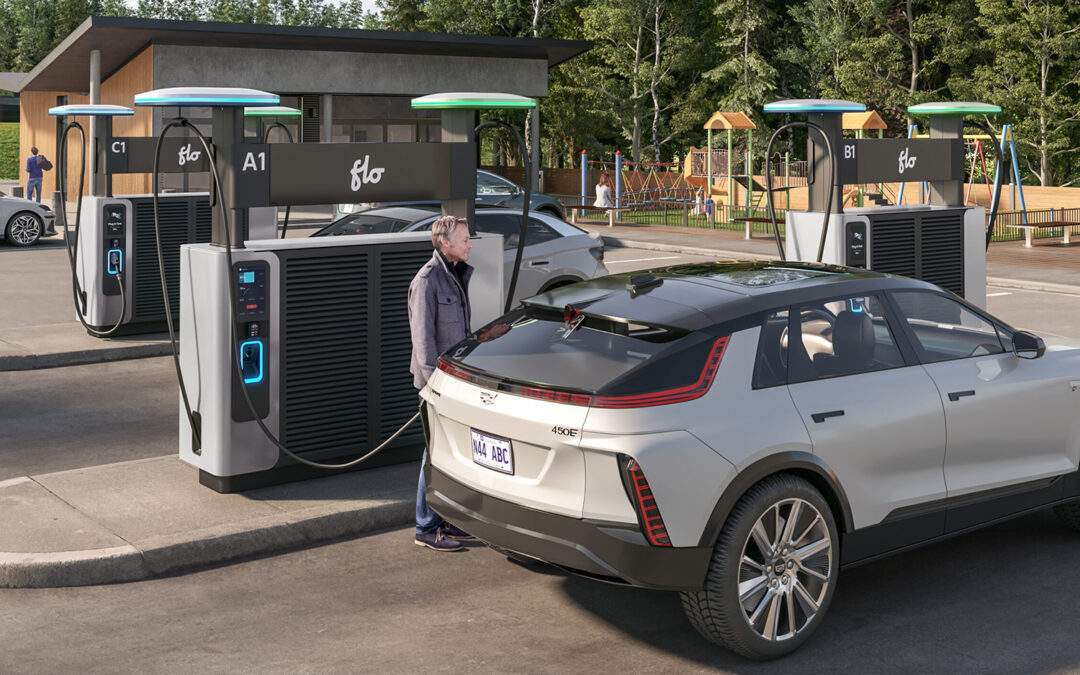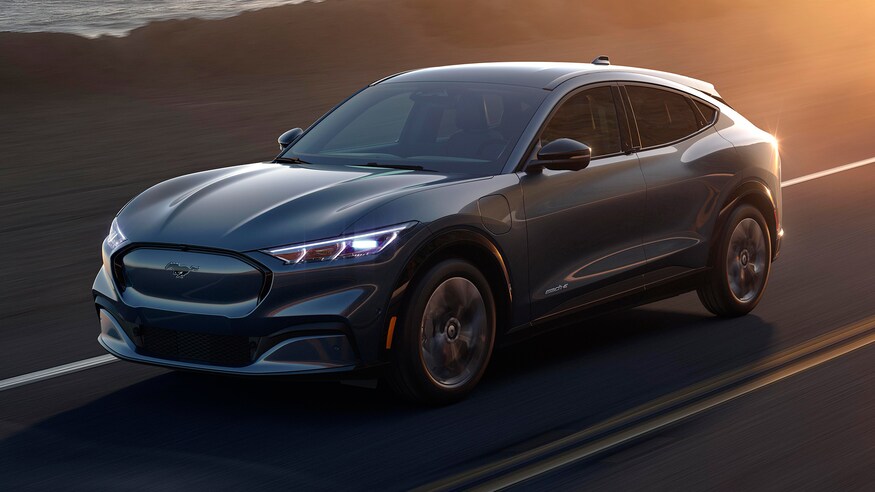Having shown ‘immortal love’ for the G-Class SUV with vampires (for some reason) to celebrate Valentine’s Day, Mercedes-Benz has now turned its attention to extreme weather testing its new eSprinter electric van in the arctic circle.
The next generation eSprinter, an all-electric variant of Mercedes’ commercial vehicle that first appeared in 1995, is set to go on sale for the first time in the US and Canada in 2024, with production ready to go in the second half of 2023. In preparation, Mercedes’ engineering team has been undergoing a cold weather program at the Arjeplog testing grounds in Sweden. Testing in particular has focused on how handling, ergonomics, thermal management and cabin comfort are affected when temperatures regularly duck below 30 degrees centigrade. On top of that, the eSprinter’s drive components, heating systems, software and interfaces have also been put through the ringer across several weeks in specifically-built cold chambers.
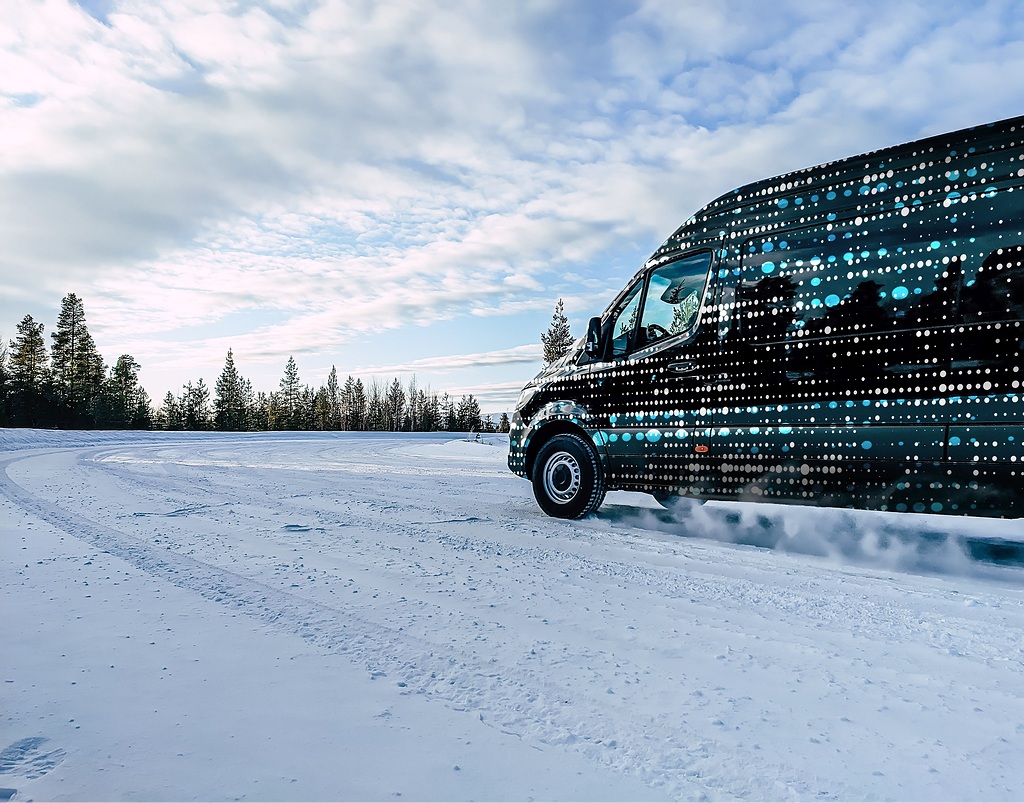
Passed the cold test: winter endurance tests for the next generation Mercedes-Benz eSprinter
Passed the cold test: winter endurance tests for the next generation eSprinter
Beta testing will prove particularly important, given that the available range of the commercial vehicle is set to double for the next generation. Though technical details have yet to be revealed, Mercedes has also confirmed the 2024 eSprinter will be available with three different battery sizes, including 60 kWh (Europe’s 55 kWh option is considered too small for North America), 80 kWh and 120 kWh, the latter potentially offering more than 300 km of electric range. Front-driving and all-wheel drive configurations are also anticipated.
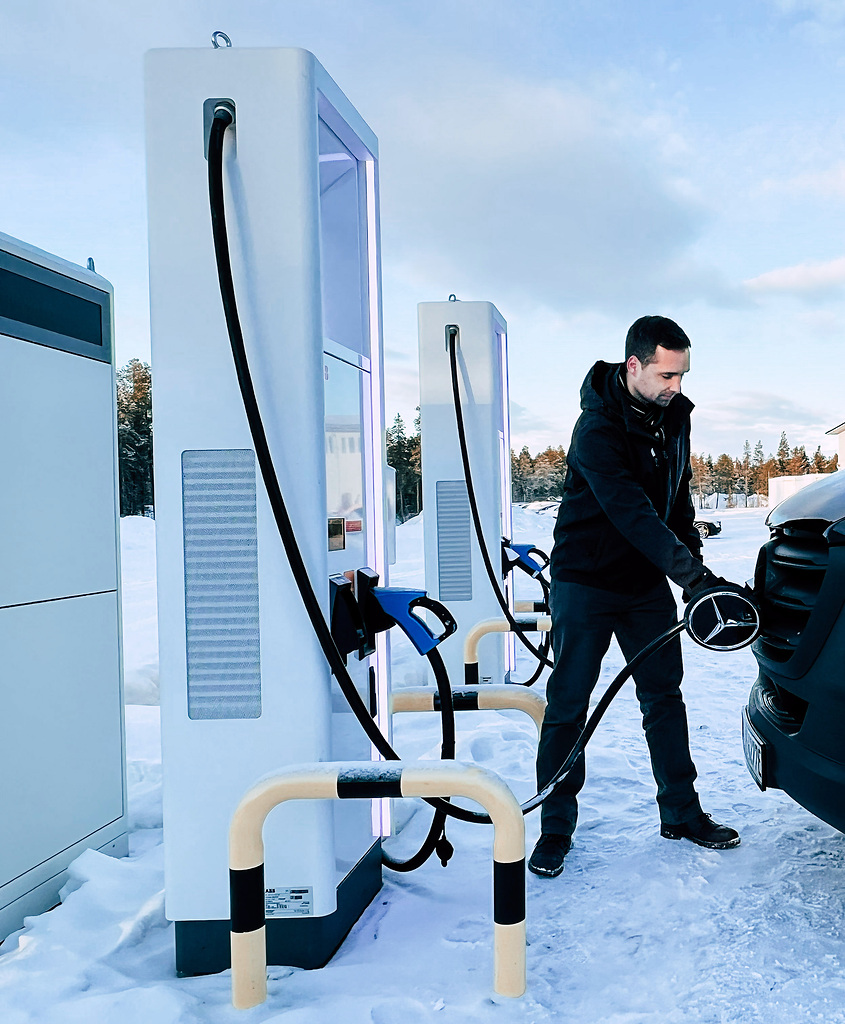
Passed the cold test: winter endurance tests for the next generation Mercedes-Benz eSprinter
The eSprinter is the latest addition to Mercedes-Benz Vans’ growing line-up of battery-electric vehicles, including the new, more compact eVito as well as the EQ range (Mercedes recently showcased a camper van version of its EQV, refurbished by Swiss company Sortimo Walter Rüegg PLC). As part of its ‘Lead in Electric Drive’ electrification strategy, Mercedes has already invested 350 million euros – around $506.6 million CAD – into the development of the next generation eSprinter, 50 million of which (approximately $72.4 million) has been spent adapting three of Mercedes’ existing plants for EV production. After initial production begins in Charleston, South Carolina, subsequent builds will also start at Mercedes’ Duesseldorf and Ludwigsfelde plants in Germany.
Alongside the eSprinter’s arrival, Vans adorning the three-pointed star will sit atop architectures developed exclusively for EVs from 2025 onwards. Indeed, a brand-new, EV-dedicated platform called ‘VAN.EA’ is set to be launched “from the mid-2020s.”
